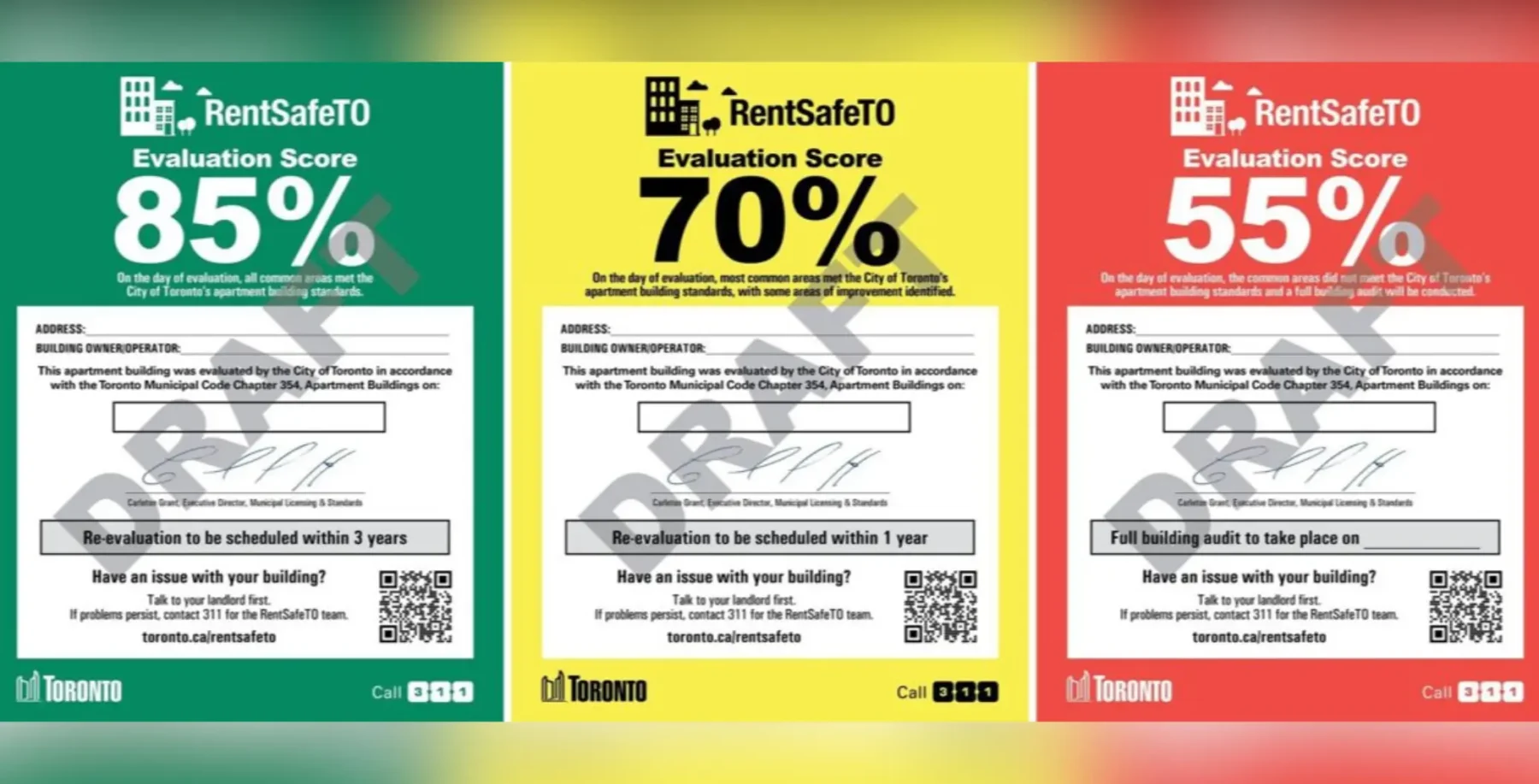
This article is part of a series that appeared in the May 9, 2019 print edition on the cost of arts and culture events in Toronto. Read the others on stage and live music here and here.
Museums are in the middle of an existential crisis. Built to house the collections of wealthy colonialists, they are evolving into places we expect to reflect our lives and the diversity of the world around us.
But before we can experience art, we need to be able to afford the admission. The cost of housing, internet access and entertainment are rising in Toronto. In response, one major art institution is changing its pricing to attract new visitors.
Starting May 25, admission to the Art Gallery of Ontario (AGO) will be free for visitors age 25 and under. The museum is also introducing a new $35 annual pass that offers unlimited admission all year to people over 25 (without the perks members get, like previews).
Single-ticket prices are changing, too. Instead of $20 to view the permanent collection and $25 for special exhibitions, one visit will now cost $25 and include both. The gallery’s membership program remains the same, as do all of the current free entry initiatives such as free passes for Toronto Public Library cardholders and free Wednesday nights.
The idea behind the new pricing, which is launching as a year-long pilot, is to encourage visitors to make going to the AGO a habit – a space to come and go on a regular basis rather than on a special outing. But the goal is also to attract new visitors who can’t afford $25 a pop to visit.
“They have to be new people. [Otherwise] it’s probably not going to work,” says the AGO’s director and CEO Stephan Jost. “Can we be affordable to somebody who is changing sheets at the Hilton, is making $18 an hour and has two kids? I think $35 a year is starting to be that.”
During his first week on the job, Jost did a meet-and-greet with visitors lined up for Free Wednesday nights and immediately heard $25 was too high a price. In Culture Track: Canada, a 2017 survey by Nanos Research of more than 6,000 national culture-goers, cost was also cited as a reason people don’t go to museums.
The AGO expects to attract 125,000 annual pass-holders and around 165,000 free visitors under 25. If the model fails, the risk is about $4 million, says Jost, but the AGO has mitigated a potential revenue hit by fundraising $1.7 million from five big donors interested in supporting greater accessibility.
“A large American company gave us $200,000 U.S. on the condition they be anonymous because they are big cultural funders throughout North America,” Jost says. “Like me, they are looking at the [admissions] model and wondering if we’ve had it wrong.
“Once we get it working, the challenge is to keep it at $35,” he continues, adding that he does not expect the new pricing to increase revenue. “It’s easy to be like, ‘We could just make it $40’ and then in three years it’s $60 and you’re back at square one. The goal will be to control costs. The goal is to break even but increase access.”
Admission prices are just one barrier. People have to want to go in the first place. The AGO has been criticized as an exclusive realm for the corporate elite, with a collection that does not reflect the diversity of Ontario’s cities. Moreover, global movements among Indigenous people and former European colonies to reclaim pillaged artifacts are forcing big art institutions to rethink why they exist and for whom.
In the 2018-19 fiscal year, 950,841 people visited the AGO, down from the record high of more than a million in 2017-18. (The big draws that year were Guillermo del Toro and Georgia O’Keeffe.) Meanwhile, Royal Ontario Museum (ROM) had 1.44 million in 2017-2018 and 1.34 million in 2018-19, making it the country’s most-visited museum.
But how many of those visitors are among Toronto’s estimated 2.81 million residents?
The AGO doesn’t have a complete picture of who visits, which is part of the impetus for the annual pass. Of the 950,841 who visited last year, half are unique visitors and one-fifth of those are members, meaning four-fifths are anonymous. The more people who sign up for the new pass, the more people become known to the gallery and the more targeted marketing and programming will become.
The gallery does exit surveys, so it knows that roughly a third of visitors go to the AGO to be alone, 60 per cent are women and largest age group is 20-somethings. Race is trickier to track given most visitors self-identify as Canadian, says Jost, but underrepresented demographics include Asian visitors.
To attract more diverse audiences, the AGO restructured its Canadian art department to boost Indigenous art, mounted solo shows for Rebecca Belmore and Mickalene Thomas, and started acquiring more contemporary work by Indigenous and Black artists for the permanent collection, particularly pre-1970. “When you look at our collection, it’s extraordinarily off-kilter when it comes to Black artists,” says Jost.
In the Culture Track report, “it’s not for someone like me” was cited as the number one barrier stopping Canadians participating in cultural activities, with cost coming in second. It also noted that Indigenous people and people of colour are 65 per cent more likely to stay away from cultural events that do not reflect people from a range of backgrounds.
“We live in economically challenging times and so the cost of museum visits is a factor in attendance. The lineups for free events show how important the issue of ‘free’ is. Museums should be public services like libraries.”
Another study shows the majority of Torontonians are not visiting museums.
According to research based on 2016 census data presented by Kelly Hill, president of arts and culture research firm Hill Strategies, at the Ottawa Cultural Summit in January, only 49 per cent of Toronto residents age 15 or older attended a museum or art gallery at least once in 2016 – one per cent higher than the national average. Ottawa had the highest museum attendance rate of seven major Canadian cities at 63 per cent, followed by Calgary with 59 per cent and Vancouver with 56 per cent. Montreal ranked lowest at 46 per cent.
Museum attendance rates are even lower for immigrants (47 per cent) and non-English speakers in Ontario’s major cities (47 per cent), and Indigenous people in Canada (44 per cent).
“Toronto attendance at museums is average,” says Toronto-based museum planner and consultant Gail Lord. “I don’t think average is good enough for Canada’s largest and most diverse city with some of the country’s largest museums. Average is a problem.
“We live in economically challenging times and so the cost of museum visits is a factor in attendance,” she adds. “The lineups for free events show how important the issue of ‘free’ is. Museums should be public services like libraries.”
Lord notes there are other barriers to attendance, but admission charges make going to the AGO or the ROM “impossible for low-income families and a special event for working families.”
In 2001, the United Kingdom reintroduced free admission at 67 national museums, including 25 in London (though many, like the Tate Modern, rake in revenue by charging for special exhibitions). As Lord and co-author Ted Silberberg note in the 2015 book Balancing Mission And Money: Issues In Museum Economics, there was an overall increase in attendance of 151 per cent between 2001 and 2010.
So why aren’t museums in Toronto free?
“There’s just too big of a financial risk,” says Jost. “We ran the numbers and somebody would have to give us $10 to $15 million a year to do that.”
Lord and Silberberg also point out the move to make British museums free was supported by £1 billion (CAD $1.76 billion) in public lottery spending plus £44 million (CAD $77.6 million) for operating costs by the Department for Culture, Media and Sport.
Last fall, a House of Commons committee report entitled Moving Forward – Towards A Stronger Canadian Museum Sector noted that most federal museum funding in this country is for special projects, not operating costs. The report also recommended the Department of Canadian Heritage study admission fees and their impact on attendance, particularly among underrepresented groups.
In 2018, 10 per cent of the AGO’s revenue, or $7.4 million, was from admissions. Nearly a third came from government grants totalling $22.1 million. (Although Doug Ford’s Conservative government just slashed the Ministry of Tourism, Culture and Sport’s budget by $60 million, Jost says the AGO’s provincial base funding of just over $21 million was spared.)
As Lord told the committee, “The most inefficient way of raising money is through admission charges. Admission charges are costly to administer. They only bring in 10 per cent to 12 per cent of revenue, and they keep so many people away… The whole question of how we charge, and why we charge and what we charge for needs to be looked at.”
Free or not, museums need to change the way they are perceived. Jost does not see other museums or galleries as the AGO’s competition, but rather streaming platforms like Netflix that give people an excuse to stay home.
“Social isolation is something we have to deal with,” he says. “With some of our regular visitors, particularly our older visitors, you can see that they used to be socially isolated people. They come here because it’s part of their week.”
In tandem with the new pricing, the AGO is starting a new day-long block-party-style series called AGO All Hours. Timed with the launch of each new season and running from 10:30 am to 1 am, it will be all-ages and feature an array of programming, from kid-friendly activities to pop-up talks and DJs. The event is the evolution of the First Thursdays party, which wound down in February after six years.
The party started in order to increase attendance among 20-somethings. Goal achieved, Jost says First Thursdays had lost its “cool factor” and it was time to reinvent.
“I don’t mind a great party, but we’re not a nightclub,” he says. “We’re doing really well so maybe now is the time to focus more on our mission.”
Even with an emphasis on free, museums need to do more to ensure they are serving the public good.
A 2009 study of UK museums by independent charity The Art Fund showed that free admission did not significantly change the profile of British visitors. People still felt barriers, such as “a lack of knowledge about the art on display” and “a feeling of intimidation about the buildings themselves [that] made people feel they were not qualified to appreciate the art owned by the nation.”
Last year, the Montreal Museum of Fine Art teamed up with a doctors’ association to prescribe free trips to the museum as a way to alleviate stress and improve mental health. The ROM followed suit in January. It also became more visibly welcoming by reopening its Queen’s Park entrance and starting a Community Access Network that gives 100,000 free visits a year to communities with financial, social and cultural barriers to access.
Lord thinks museums could go further to create value for Torontonians by collaborating more.
“Both the ROM and the University of Toronto galleries have exhibitions on India – at the same time and within walking distance,” says Lord. “However, they did not co-market. An Indian festival with food and performances and events on Philosopher’s Walk – joint symposiums and fashion shows – would have created excitement and a sense of a destination.
“Toronto museums do not do that sort of thing,” she says. “They have much less impact than they could have.”
@kevinritchie












